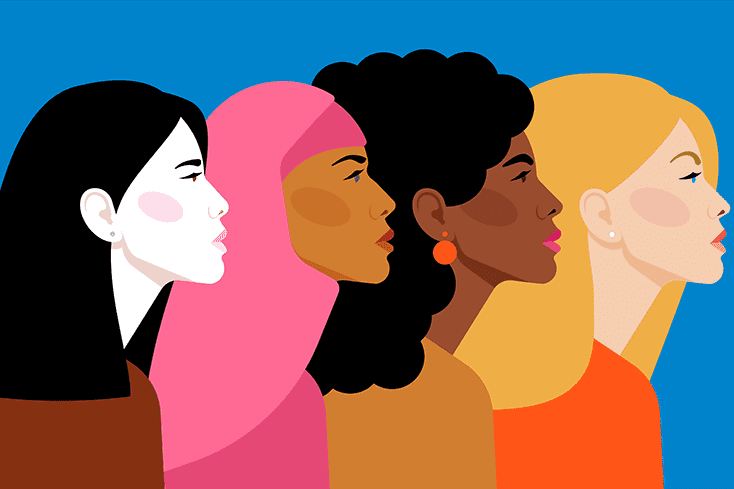
Growing up Asian American with immigrant parents, I was often ashamed of my culture. In fact, most of my adolescent and teen years were dedicated to rejecting parts of my identity that were associated with my culture. From the homemade school lunches I would throw away, to the Chinese Saturday school classes that I would skip, I did everything and anything to make myself seem “less Asian.”
A memory from that time in my life that fills me with immense regret is telling my mother to lower her voice when she would take phone calls in her native language (Mandarin Chinese) at the grocery store or in any other public place. My face would redden in embarrassment at the sound of her expressive Chinese phrases, as onlookers turned their heads toward us.
By the time I was 12 years old, I was left back in Chinese school because I refused to do my homework and participate in the language-speaking classes. My grandmother, who was my Chinese tutor after hours, would shake her head in disappointment as my Chinese-speaking skills regressed dramatically. At 14, I dropped out of Chinese school completely, severing any ties to my parents’ native language, and with it, my ability to converse with my grandmother.
Navigating the Cultural Stigma of Mental Health
As I got older, I started to investigate my own mental health. I came to recognize that the things that
I was experiencing were different from what my siblings and friends were experiencing. I would wake up every morning with a knot in my stomach, which I now recognize as anxiety. There were times when I wouldn’t want to get out of bed in the morning and lied to my parents about being too sick for school, which I now recognize as a part of my depression.
When I finally went to tell my parents about how I was feeling, I was met with rejection and disregard —a response that was fueled by the harmful cultural stereotypes about mental health. As I learned more about these stereotypes that were deeply entrenched in the Asian-American experience, I began to distance myself even further from my culture. I was angered by the aspect of my culture that worked to suppress my feelings; therefore, I had no desire to associate with any part of my culture.
Receiving Culturally Competent Therapy
In college, I always found myself amongst my white peers, distancing myself from the Asian-American population. I often sought validation from my white friends who thought of me as “one of their own.” During this time, I also sought therapy — only to discover that I didn’t like it very much. I never questioned if my negative experience was related to the fact all the therapists I had ever seen had been white.
In my senior year of college, when I had exhausted all my free counseling sessions that my school offered, I knew that I needed to seek help outside of my institution. I didn’t have the funds to pay for therapy myself, and I wasn’t willing to tell my parents that I needed to see someone, so I looked for other options.
I applied for a therapy fund from the Asian Mental Health Collective offering up to eight free sessions from a licensed therapist. I was accepted, with one major stipulation: I would have to choose an Asian-identifying therapist from their directory. Although I was initially hesitant about seeing an Asian therapist, I couldn’t give up the opportunity to receive free therapy.
The only way I can describe the feeling of meeting my Asian therapist for the first time was to say that it felt like coming home to see your family after a long, long time away. It felt like sitting in a room with all of my family members and their ancestors and just crying together for a long time. We talked about everything from the way I was ashamed of being Asian to how I was upset at my family for encouraging harmful stigmas in mental health. Receiving culturally competent therapy for the first time meant that, finally, I could have a place to explore how my cultural identity and intergenerational trauma played a role in my mental health.
Finding My Way Back to My Culture
One year into my work with this new therapist, I started to realize how disconnected I was from my culture. My therapist taught me to analyze and confront those deeply entrenched stigmas. I redirected my anger and turned it into working toward a better understanding and empathy for my cultural identity. That same year, my grandmother passed, and it was almost like I was mourning both her and all the missed opportunities I had to learn more about my culture and her language.
I started to have more conversations with my parents about my mental health and, little by little, I contributed to their understanding of my experiences. I asked my partner, who was also Chinese and who spent most of his formative years living abroad, to teach me how to cook authentic Asian recipes that my grandmother had made me as a kid. I even started talking about cultural competency and navigating stigmas in my mental health advocacy.
Being Asian is a huge part of identity, one that I only learned to value after seeing a therapist with a deeper understanding of my history and culture. I can never gain back those years of feeling ashamed and embarrassed; however, I am dedicated to spending the rest of my life exploring my identity and inspiring others to use mental health as a tool to learn more about their cultural identity as well.
Alexandria Ang is a 23-year-old content creator and mental health advocate living in Saint Paul, MN. She is currently a member of NAMI’s Youth Advisory aboard, NAMI Next Gen, as well as the host of a mental health podcast called “A is for Anxious.”

